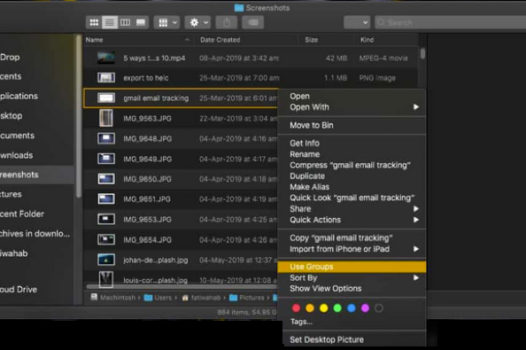
Web Development
Web Development
Website development consists of two phases: Front-end development and back-end development. Some of the skills in these two overlap, but they do have very different purposes in the web development process.
Front-End Development
Front-end development picks up where the visual design leaves off. In fact, depending on the level skill and expertise of the web designer, much of the front-end development is done in conjunction with the visual design process, building it in code. Confluent web designers typically do the front-end development as they create the visual design. We believe this method is more expedient and efficient since visual designers know the precise appearance and effect they’re looking to achieve.

A visual designer who understands how web pages are built is better equipped to design those pages and experiences. Similarly, a web developer who has a grasp of the basics of design and visual communication can make smart choices as they code up pages and interactions for their project.
Front-end developers will use HTML for the structure of the site, CSS (cascading style sheets) to dictate the visual styles and layout, and perhaps even some Javascript. For some small sites, front-end development may be the only kind of development that is needed for that project. For more complex projects, “back-end” development will come into play.
Back-End Development
Back-end development deals with more advanced programming and interactions on web pages. A back-end web developer focuses on the functionality and how online prospe ctive customers get things done on it using certain functional services. This could include working with code that interfaces with a database or creating features like E-commerce shopping carts that connect to online payment processors and more.
ctive customers get things done on it using certain functional services. This could include working with code that interfaces with a database or creating features like E-commerce shopping carts that connect to online payment processors and more.
Confluent’s chief web designer has an extensive UX* background, and incorporates the user experience in the website’s navigation and overall ergonomics of the site.
*UX is the process by which a designer studies User Experience to determine how the navigation and customer interaction should be incorporated into the website functionality.
Attribute of Web Development
Website design is what customers see when visiting a site, web development is the behind the scenes work to make website function properly. However, building a site that is functionally sound while adhering to Google’s standards, is as essential as building an attractive site if not more so.
Sound Structured Coding: We build websites using the latest coding techniques and applications that can easily be indexed by search engines like Google and Yahoo.
Cross-Platform/Browser Compatible: Our website designs work equally well on PC’s or Apple Mac’s, using any browser, e.g. Google Chrome, Safari and Firefox.
Fast-Loading Pages: It’s paramount for potential customers to access websites quickly. Because when sites don’t load quickly, potential customers will quickly move on to a faster site. A fast website will improve overall visitor experience.
Baseline SEO Readiness: Search Engine Optimization (SEO) is an ongoing process. We will make sure your website fully adheres to Google’s guidelines when it goes live.





